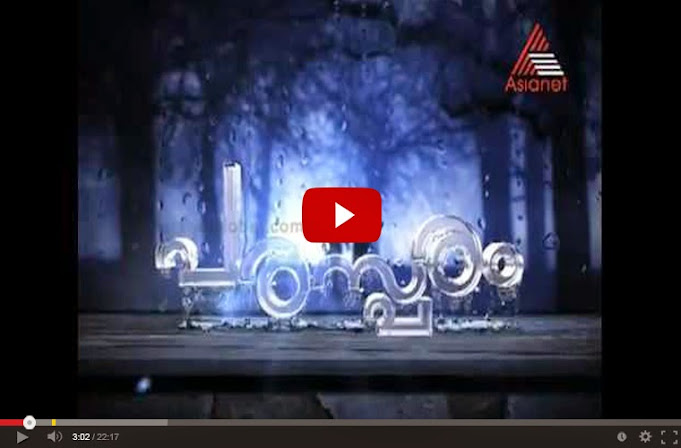You love the useful mouse gestures in your Web browser and now you want them for working in Windows Explorer also. You would like to know if that can be done.
Operating Windows Explorer can be improved with mouse gestures. For this, you will need, for example, the free tool Gest (www.bambi4.co.uk/programs/gest/gest.php). For installation, start ‘Gest.exe’. After a short while, the tool will be available in the notification area. After the automatic program start, confirm the question with ‘Yes’. You will then go to the configuration dialogue. Even if no changes are required, take some time to get to know the predefined gestures in the secton ‘Gestures’ for controlling by mouse movements. The alphabets stand for the sequence of the movements, whereby ‘L’ is for left, ‘R’ for right and ‘U’ for up and ‘D’ for down. The ‘O’ means a circle. However, you should avoid this, since a circular mouse movement is mostly interpreted as a result of individual movements. All the entries can be changed. Several possible gestures for the same action are separated by commas. Besides ‘New Window’, click on ‘Select folder’ and decide in which folder the Explorer windows thus started will be opened, if the standard view of the Libraries is not wanted. Besides special folders like ‘My Computer’ or ‘Control Panel’, you can also define another folder through ‘Other Folder’. Finally, apply the changes with ‘Apply’ and ‘OK’. You can again open the configuration dialogue if needed with the key combination [Ctrl]+[Shift]+[F2] or with the mouse gesture ‘DUD’, i.e. a movement ‘down-up-down’. For running a mouse gesture, keep the right mouse button pressed and execute the desired movement. A blue mouse trace illustrates the sequence. In addition, the ‘Gesture
confirm the question with ‘Yes’. You will then go to the configuration dialogue. Even if no changes are required, take some time to get to know the predefined gestures in the secton ‘Gestures’ for controlling by mouse movements. The alphabets stand for the sequence of the movements, whereby ‘L’ is for left, ‘R’ for right and ‘U’ for up and ‘D’ for down. The ‘O’ means a circle. However, you should avoid this, since a circular mouse movement is mostly interpreted as a result of individual movements. All the entries can be changed. Several possible gestures for the same action are separated by commas. Besides ‘New Window’, click on ‘Select folder’ and decide in which folder the Explorer windows thus started will be opened, if the standard view of the Libraries is not wanted. Besides special folders like ‘My Computer’ or ‘Control Panel’, you can also define another folder through ‘Other Folder’. Finally, apply the changes with ‘Apply’ and ‘OK’. You can again open the configuration dialogue if needed with the key combination [Ctrl]+[Shift]+[F2] or with the mouse gesture ‘DUD’, i.e. a movement ‘down-up-down’. For running a mouse gesture, keep the right mouse button pressed and execute the desired movement. A blue mouse trace illustrates the sequence. In addition, the ‘Gesture
Box’ in the upper left corner shows the recognized movements. In case the result has not yet been defined as a
gesture, you can do it in the dialogue box presented. Besides, mouse gestures also function in windows similar to Explorer, including the Control Panel.

Operating Windows Explorer can be improved with mouse gestures. For this, you will need, for example, the free tool Gest (www.bambi4.co.uk/programs/gest/gest.php). For installation, start ‘Gest.exe’. After a short while, the tool will be available in the notification area. After the automatic program start,
Box’ in the upper left corner shows the recognized movements. In case the result has not yet been defined as a
gesture, you can do it in the dialogue box presented. Besides, mouse gestures also function in windows similar to Explorer, including the Control Panel.

0 comments:
Post a Comment